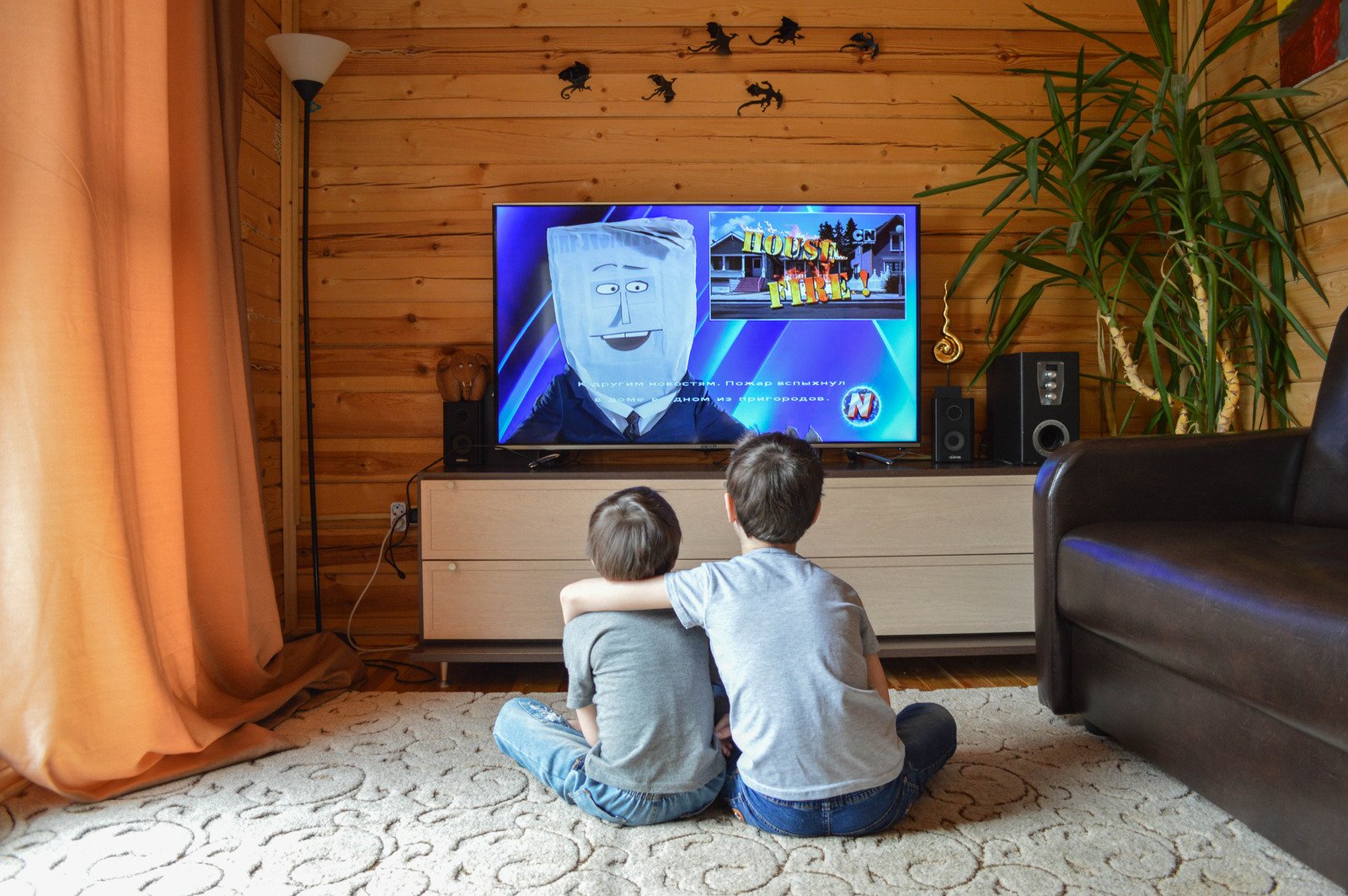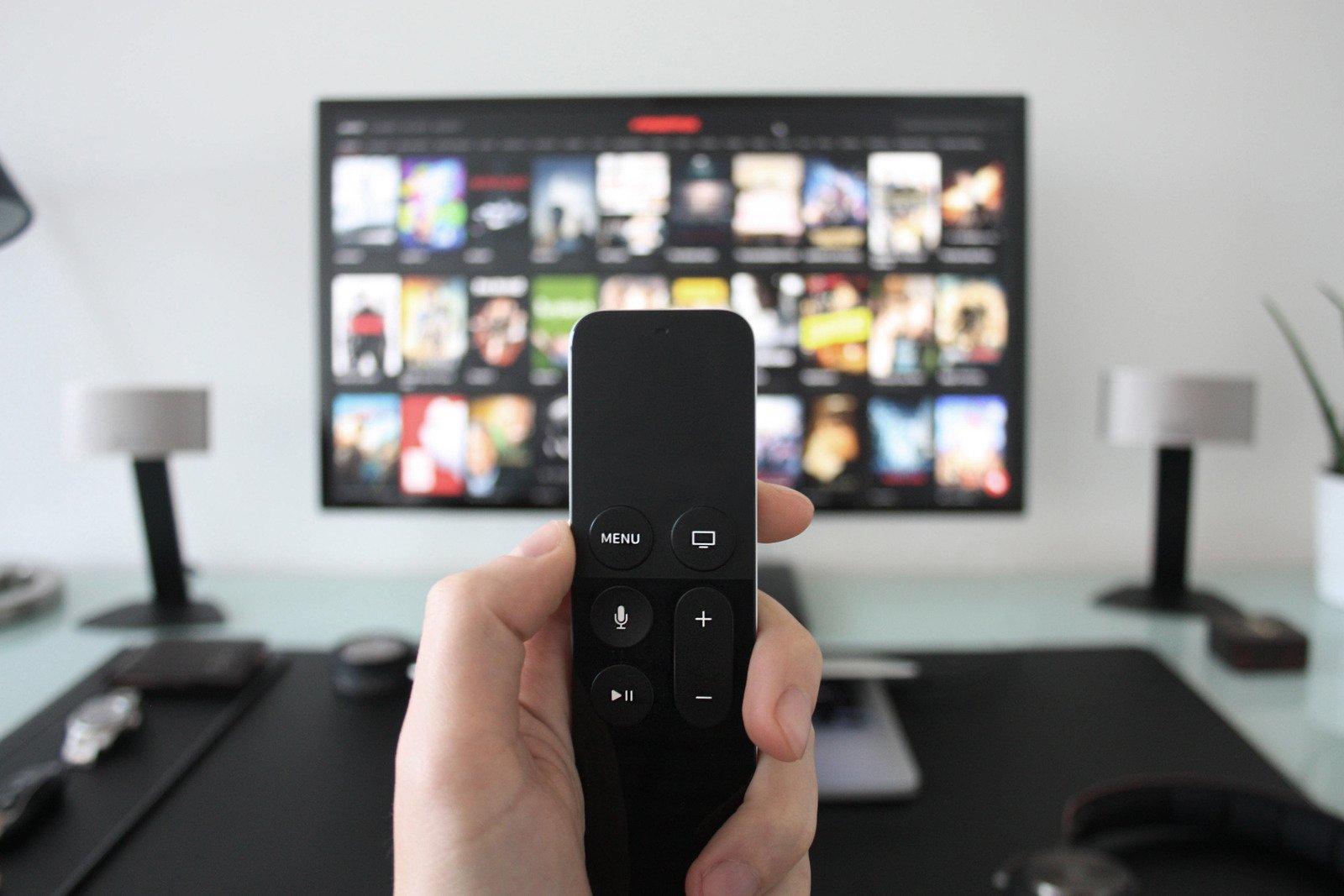Step back in time to the era of black and white television, where families gathered around the tube for their favorite shows. Fast forward through the vibrant transition to color TV, revolutionizing entertainment in living rooms across the globe. Today, we find ourselves at the cutting edge of technology with 4K resolution displays promising a viewing experience like never before. Join us as we explore the evolutionary journey of television technology from its humble beginnings to the crystal-clear images of tomorrow.
The Beginning of Black and White TV
In the early days of television, screens flickered to life in shades of black and white. Viewers marveled at moving images beamed into their homes, a technological marvel that brought entertainment directly to their living rooms. The grainy pictures and limited programming captivated audiences, sparking a cultural shift in how people consumed media.
Black and white TV sets became the centerpiece of households everywhere, gathering families around for shared moments of laughter and drama. From classic sitcoms to historic broadcasts, these monochromatic screens transported viewers to new worlds right from their own sofas. Despite the simplicity of the technology, the impact was profound, shaping generations’ collective memories through this groundbreaking form of visual storytelling.
As black and white TVs paved the way for modern television as we know it today, they will always hold a nostalgic place in our hearts for their pioneering role in bringing entertainment into our homes.
The Rise of Color Television
Do you remember the first time you witnessed color television? It was a game-changer, wasn’t it? The transition from black and white to vibrant hues on screen brought a whole new viewing experience. Color television started gaining popularity in the 1960s, captivating audiences with its lifelike imagery and enhanced visual appeal.
As technology advanced, manufacturers began producing more affordable color TV sets, making them accessible to households around the world. People were mesmerized by the vivid colors of nature documentaries, sports events, and popular shows like “I Love Lucy” and “The Twilight Zone,” now displayed in full color glory.
Color television revolutionized entertainment, sparking creativity in programming and advertising. Advertisers embraced this new medium to showcase products in all their colorful splendor. Viewers were drawn into a world where everything looked more realistic and engaging than ever before.
The rise of color television paved the way for further advancements in TV technology, setting the stage for even more immersive viewing experiences that we enjoy today.
The Emergence of High Definition (HD) TV
Do you remember the days when watching TV meant grainy images and fuzzy signals? Enter High Definition (HD) TV, a game-changer in the television industry. With crisper visuals and vibrant colors, HD brought a whole new viewing experience into our living rooms.
Gone were the days of straining to make out details on screen; now every image was crystal clear. The emergence of HD TV not only revolutionized how we watched television but also elevated our entertainment standards.
Suddenly, watching sports or movies felt like being right in the middle of the action, thanks to the sharpness and clarity that HD offered. It became easier to immerse ourselves in our favorite shows with this enhanced picture quality.
The transition from standard definition to HD was swift yet impactful. As more networks started broadcasting in HD, viewers quickly embraced this new era of television technology. The demand for larger screens and better resolution paved the way for even more advanced innovations down the line…
4K: The Next Big Thing in TV Technology
Welcome to the future of television technology – 4K resolution. This cutting-edge innovation takes viewing experiences to new heights with its ultra-high definition display.
With four times the pixels of traditional HD TVs, 4K screens offer unparalleled clarity, sharpness, and detail that make you feel like you’re part of the action. From vibrant colors to crisp images, every frame is a feast for the eyes.
Whether you’re watching movies, sports events, or playing video games, 4K televisions bring content to life in ways never seen before. The immersive quality pulls you into a world where every scene is vivid and lifelike.
Say goodbye to blurry pictures and hello to crystal-clear visuals that redefine how we enjoy entertainment at home. As more and more content becomes available in 4K format, it’s clear that this technology is here to stay – setting a new standard for TV viewing pleasure.
Advantages and Disadvantages of 4K TV
When it comes to 4K TV, the advantages are crystal clear. The picture quality is unmatched, with four times the resolution of traditional HD TVs. This means sharper images and more vibrant colors that truly bring your favorite shows and movies to life.
Additionally, 4K TVs often come equipped with advanced features like HDR (High Dynamic Range) technology, which enhances contrast and color accuracy for an even more immersive viewing experience. Gamers also benefit from reduced input lag on 4K TVs, making gameplay smoother and more responsive.
On the flip side, one of the main disadvantages of 4K TV is the price tag. These cutting-edge televisions can be quite pricey compared to their HD counterparts. Additionally, you’ll need access to 4K content in order to fully take advantage of the improved picture quality, which may require additional subscriptions or purchases.
If you’re a tech enthusiast or simply someone who appreciates top-notch visuals, investing in a 4K TV could be well worth it for the unparalleled viewing experience it offers.
Future Predictions for Television Technology
As we look ahead to the future of television technology, one thing is certain – innovation will continue to drive the industry forward. With advancements in 8K resolution and beyond on the horizon, viewers can expect even sharper images and more immersive viewing experiences.
Additionally, as streaming services become increasingly popular, we may see a shift towards more interactive content and personalized recommendations tailored to individual preferences. The integration of artificial intelligence and virtual reality could also revolutionize how we engage with TV shows and movies.
The evolution of television technology has come a long way from its black and white origins to the stunning clarity of 4K resolution. The possibilities for the future are endless, promising an exciting journey for both creators and consumers alike in the world of entertainment.













